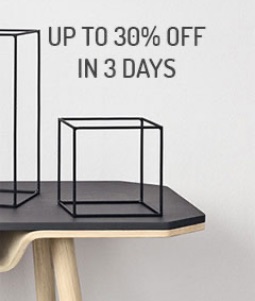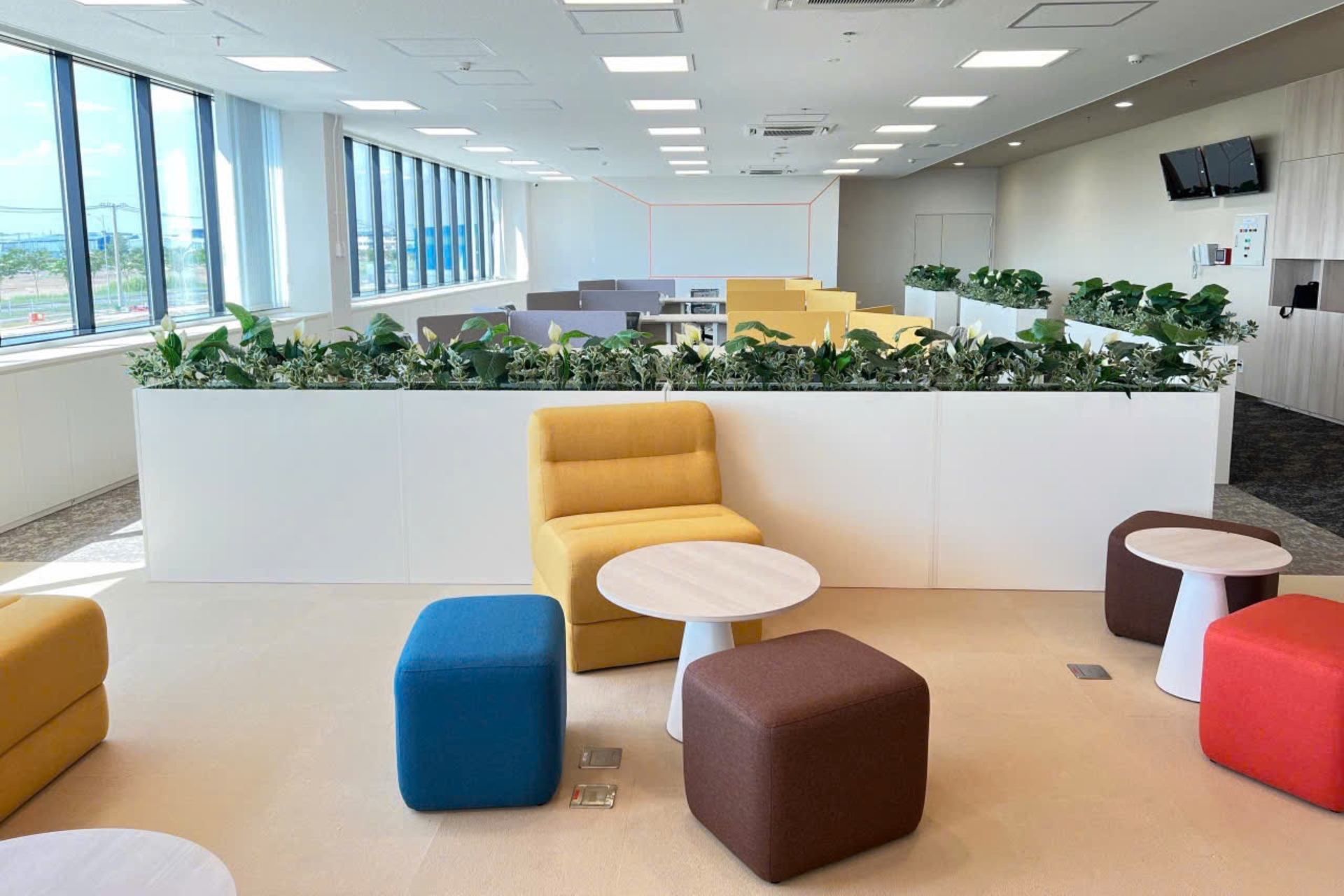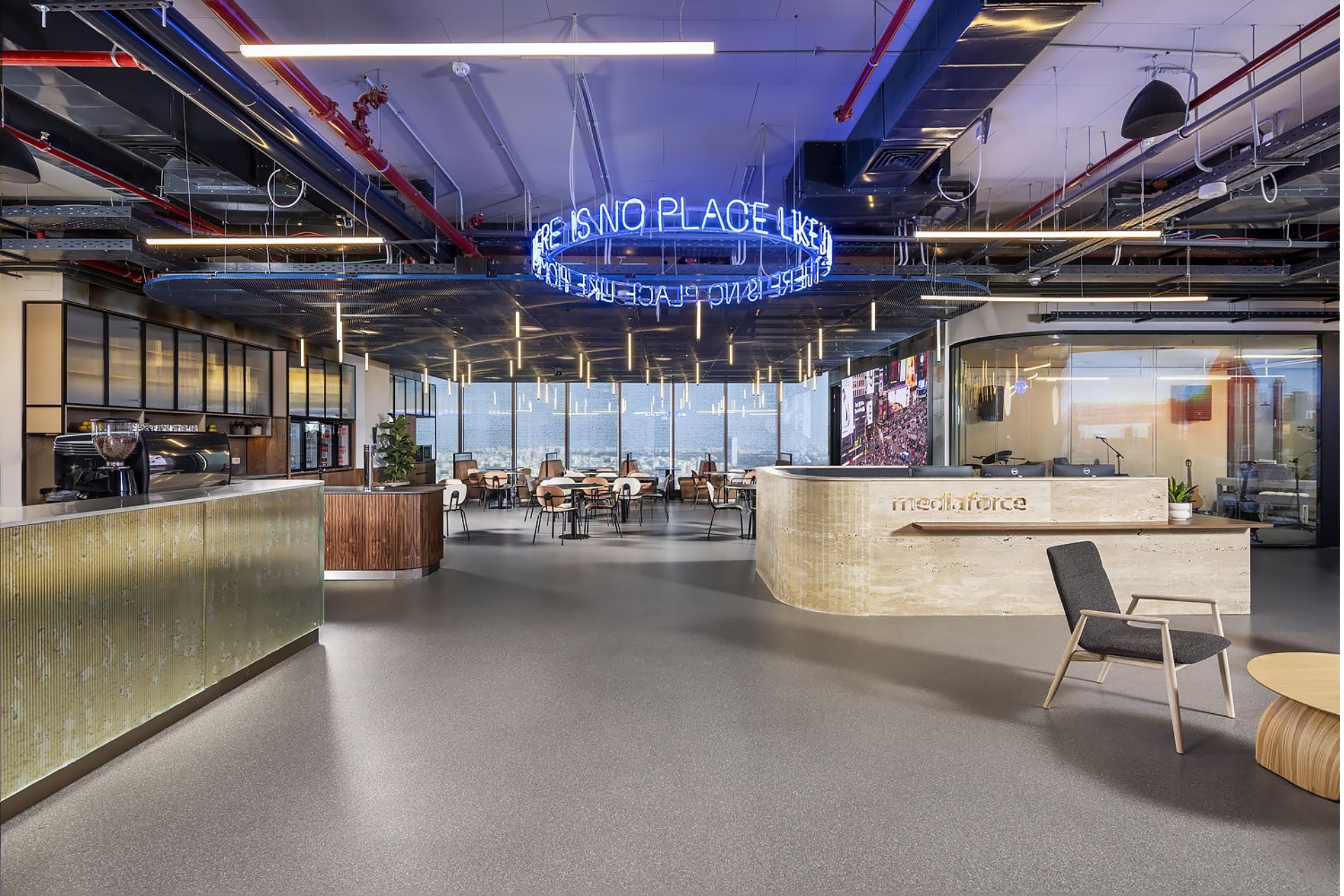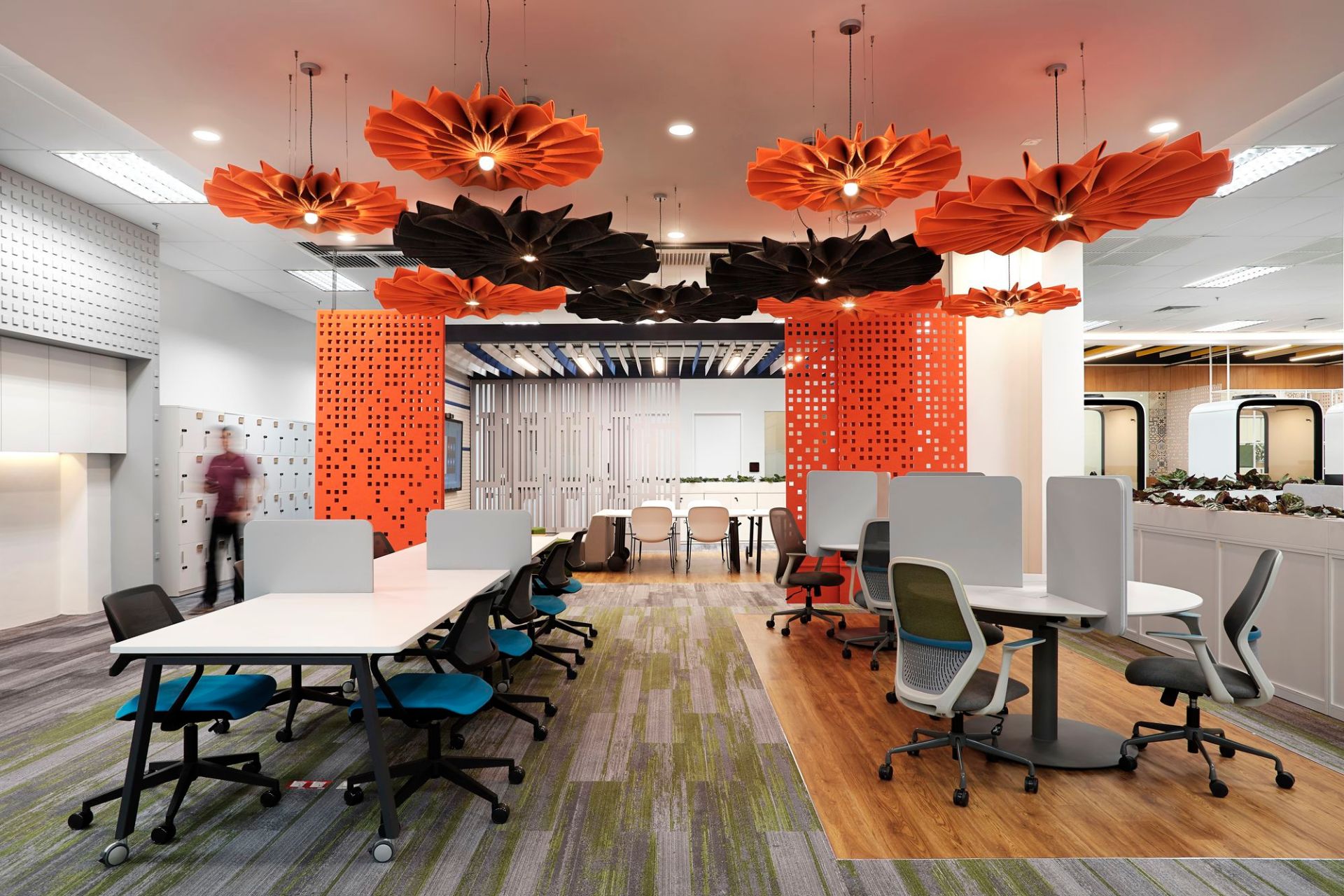
What is an Open Office? Key Features of Open Office Design
In the ever-evolving modern work environment, open office design has become a popular trend chosen by many businesses to optimize space and enhance work efficiency. Eliminating rigid partitions, open offices create a flexible workspace that encourages communication, collaboration, and creativity among employees. With advantages such as cost savings, maximizing natural light, and adaptability to flexible work models, open offices are gradually replacing traditional office models. Let’s explore the concept of open offices, their pros and cons, and the key features of open office design with TECO.
What is an Open Office?
An open office is a workspace design model that has little to no partitions between workstations, facilitating easy connection and communication among employees. Instead of separate individual offices, open offices use shared work desks, flexible furniture, and maximize natural light to create a dynamic and modern work environment. This model enhances collaboration, fosters creativity, optimizes office space, and is suitable for industries such as marketing, communications, IT, and more.

What is open office?
Advantages of Open Offices
Open offices are increasingly becoming a popular trend in modern workplace design. Here are some benefits that open offices offer to businesses and employees:
- Enhancing communication and collaboration among employees. Removing or minimizing partitions allows teams to easily exchange ideas, work more effectively in groups, foster creativity, and improve productivity.
- Optimizing space and reducing costs. Since there is no need to construct multiple separate rooms or partitions, businesses can maximize floor space and cut down on design and construction costs. Additionally, sharing resources such as lighting, air conditioning, and office equipment helps save energy and operational costs.
- Creating a friendly and open work environment. Open spaces help reduce hierarchical barriers within a company, promote teamwork, and ensure transparent internal communication. Employees can easily reach out to leaders and colleagues, streamlining workflows.
- Providing flexibility in space arrangement. Businesses can easily adjust, expand, or restructure work areas without incurring significant costs and time. Thanks to these advantages, the open office model is becoming the top choice for many modern companies.
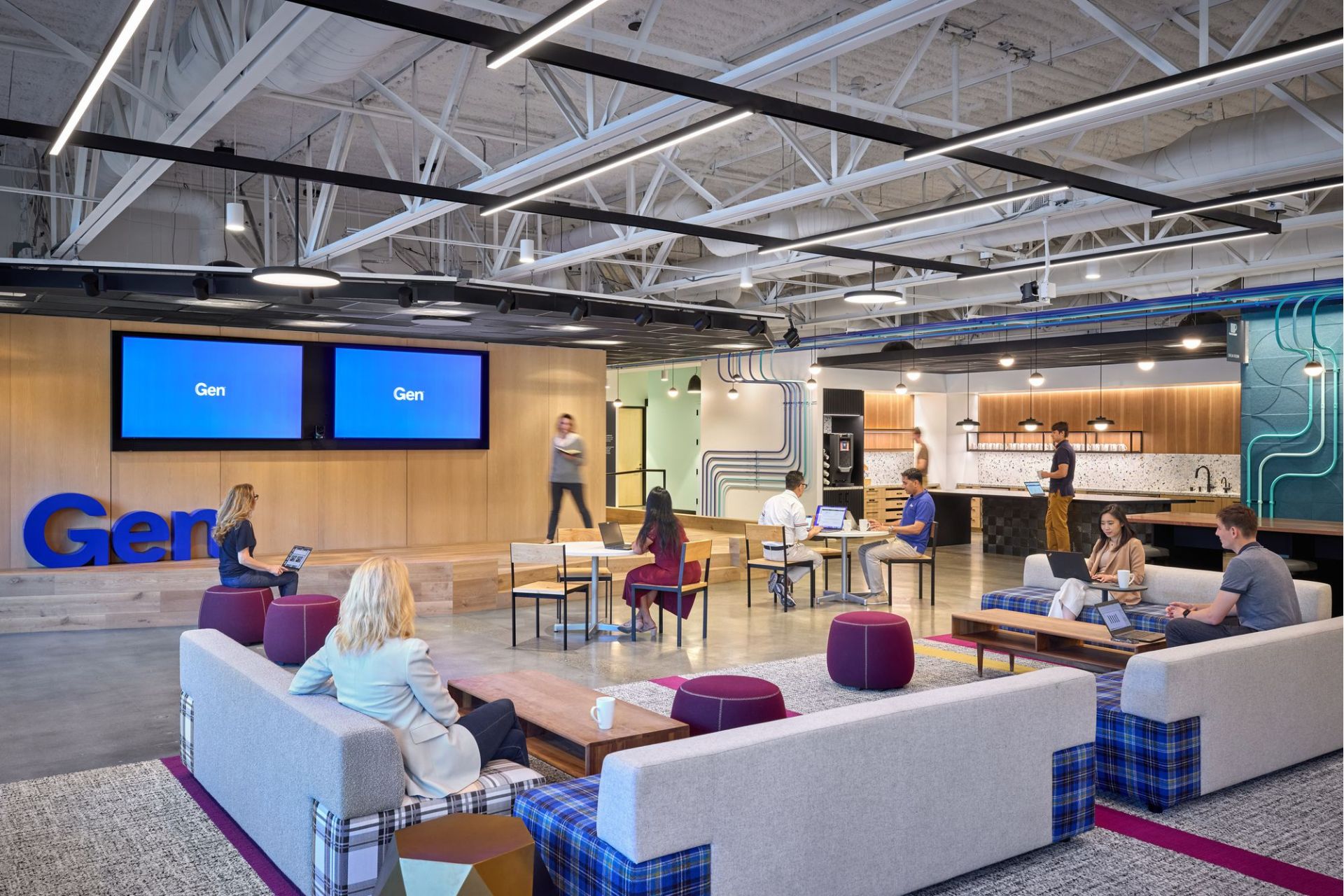
Open office provides flexibility in space arrangement
Disadvantages of Open Offices
Although open offices offer many benefits in terms of connectivity and space optimization, this model also has several drawbacks that can impact work efficiency and employee experience. Some disadvantages include:
- Noise and distractions. Without soundproof partitions, noise from conversations, phone calls, printers, or keyboard typing can easily spread, causing discomfort and work disruptions. This particularly affects employees who need high concentration or work on detail-oriented tasks.
- Lack of privacy. In an open environment, employees have limited personal space for independent work or confidential discussions. This can reduce comfort levels and make employees feel constantly monitored, affecting their psychology and work performance. Jobs that require information confidentiality, such as finance, HR, or research and development, also face challenges in such settings.
Key Features of Open Office Design
Open offices represent a modern workspace model designed to maximize connectivity and flexibility. Here are some key characteristics of this office type:
Little to no partitions
Instead of separate rooms, open offices often use shared spaces with long desks or desk clusters to create openness and facilitate employee interaction.
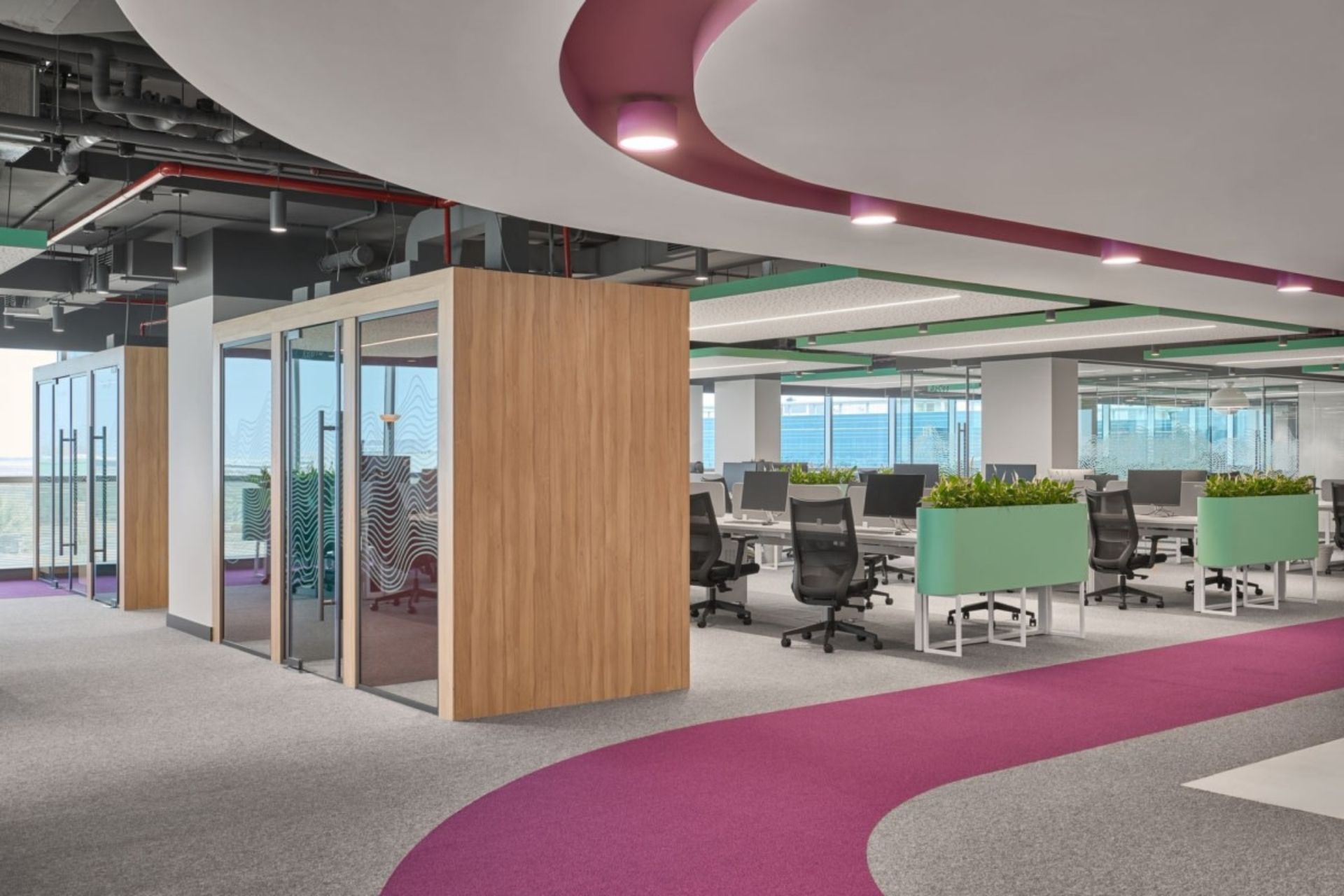
Open office design has little to no partitions
Optimizing space and natural light
With an open layout, offices make the most of natural light from large windows or skylights, reducing electricity consumption and creating a more comfortable work environment.
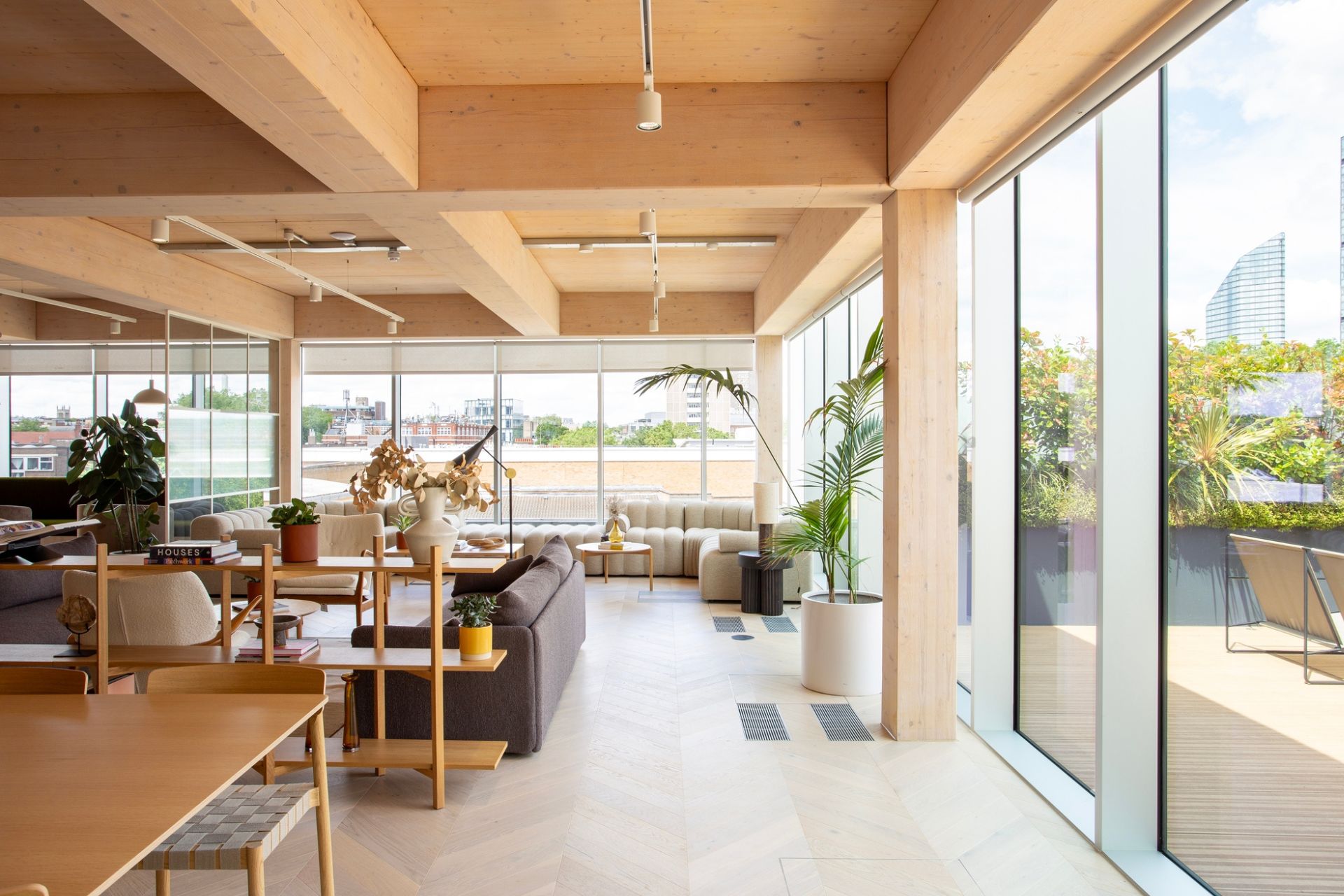
Open office design maximizes natural lights.
Encouraging connection and communication
The removal of physical barriers enables employees to easily exchange ideas, collaborate in teams, and share insights, thereby fostering creativity and teamwork.
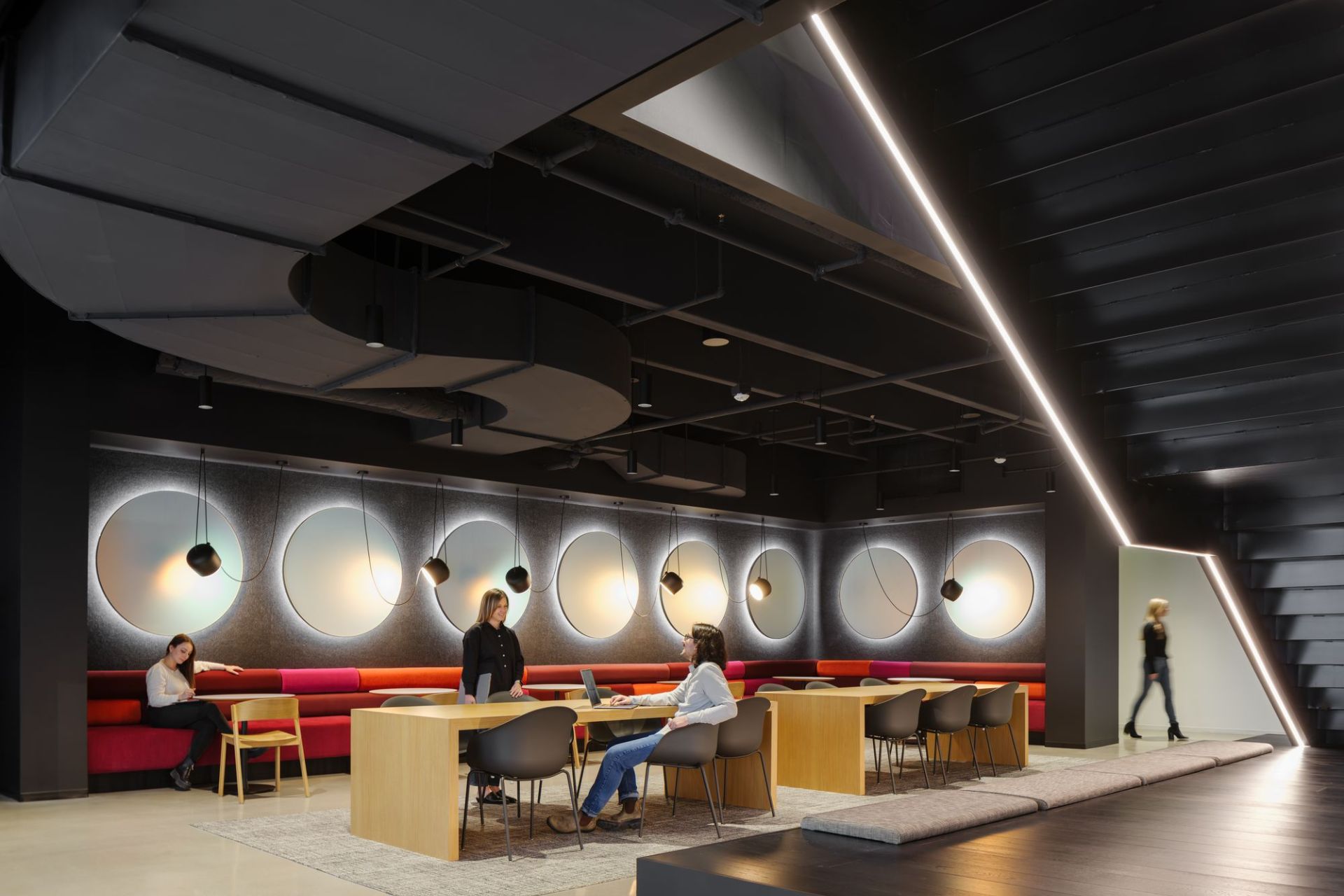
Open office motivates teamwork and communication.
Flexible and easily adaptable design
Without many fixed partitions, businesses can quickly restructure their space to accommodate expansion or shifts in work models.
Utilization of modern and multifunctional furniture
Open offices are often equipped with flexible desks and chairs, movable partitions, coworking spaces, and creative break areas to support diverse working styles.
Integration of remote work technology
With the rise of hybrid work models (combining remote and in-office work), open offices often incorporate technology such as virtual meeting rooms and digital file-sharing systems, enabling employees to work from anywhere.
Conclusion
An open office is not just a design trend but an optimal solution that helps businesses create a modern, flexible, and efficient work environment. With features such as spacious layouts, enhanced employee interaction, maximized natural light, and cost-saving benefits, this model is increasingly being adopted by many companies. However, open offices also have certain limitations that businesses need to consider before implementation. When designed properly, an open office can become a powerful tool for boosting productivity, fostering creativity, and building a more connected corporate culture. TECO hopes that this article has provided business owners with a clearer understanding of this office model and its key design features.
